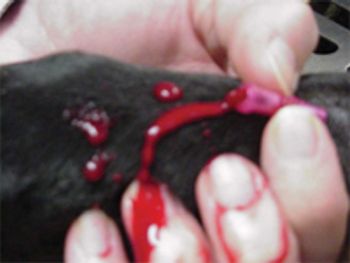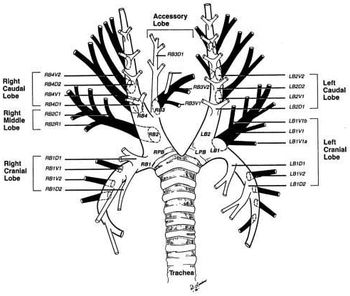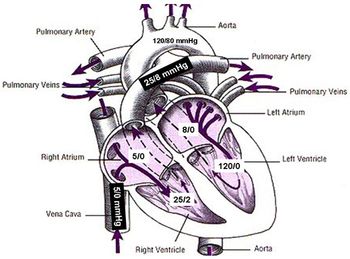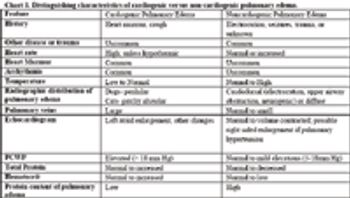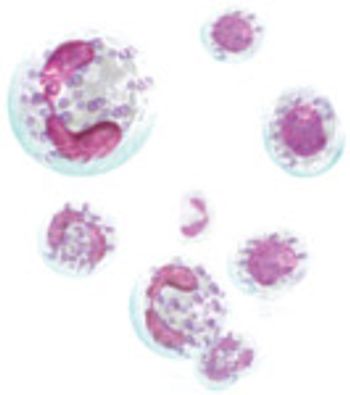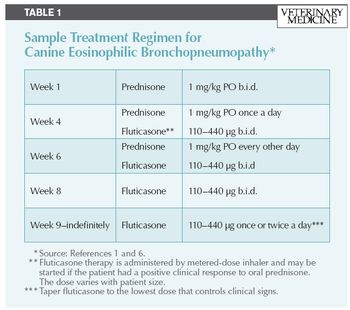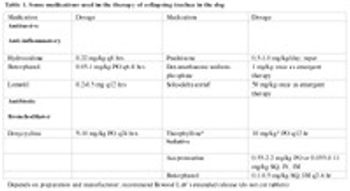
Traumatic thoracic injuries are prevalent in small animals, particularly in dogs. The most common causes of thoracic trauma are motor vehicular accidents and bite wounds. Other possible, although less common mechanisms include gunshot, knife wounds or being kicked by a larger animal (horse/cow). Injuries may range from mild to life threatening.


